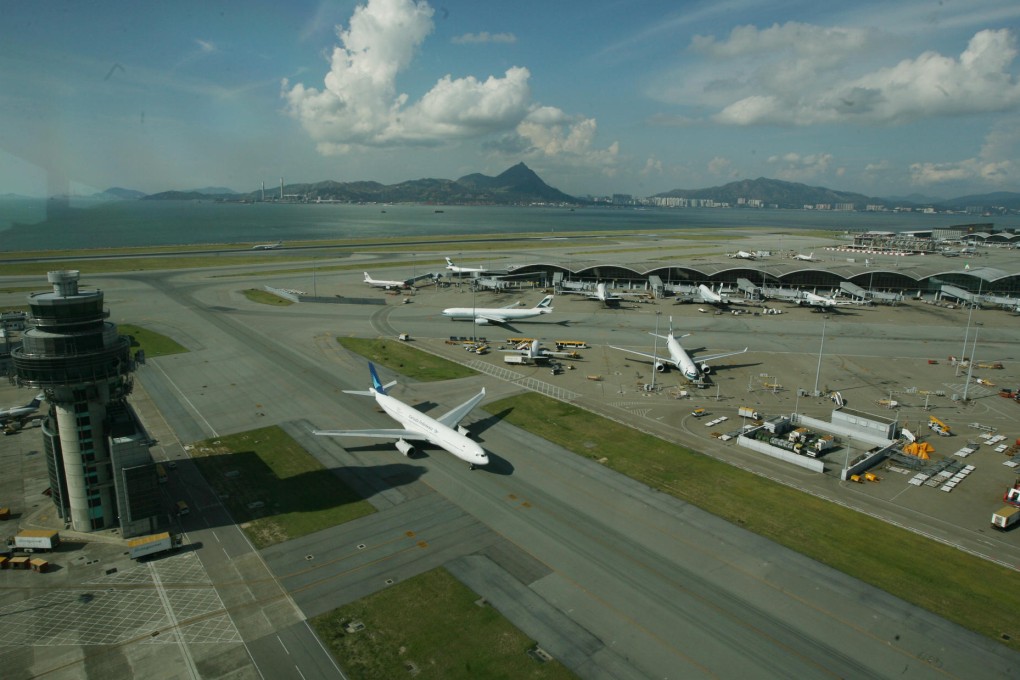Letters to the Editor, August 2, 2014
I am a former member of the Hong Kong airport consultative committee during the days before the development of the airport at Chek Lap Kok.

Ms Yan says Hong Kong must add a third runway, otherwise our status as an aviation hub would be undermined, severely limiting our economic development and air travel convenience and choices.
I believe that Hong Kong's economic success will continue to depend on our proximity and access to the mainland. As China becomes more integrated with the global economy, the lion's share of the people and goods entering and exiting Hong Kong will be connected to the mainland.
Due to the Chek Lap Kok site's geographical limitations, it can accommodate at most three runways and must share limited air space with nearby airports.
In contrast, by the time a third runway could be added, the airports in Guangzhou and Shenzhen would already have eight runways between them.
Therefore, the best way for us to maintain our status as an aviation hub is to strengthen our connection with nearby airports across the border by making Hong Kong airport part of an integrated regional aviation network.